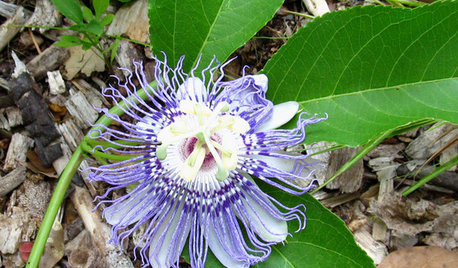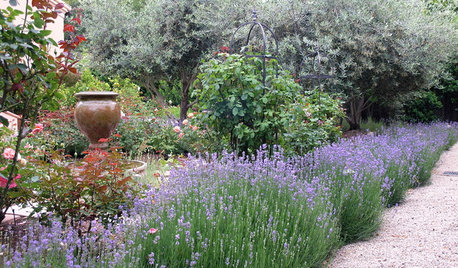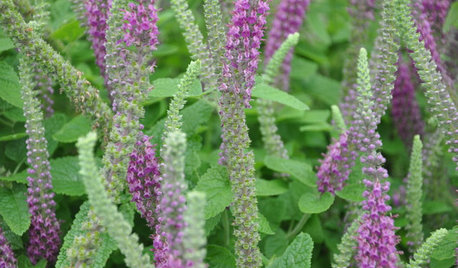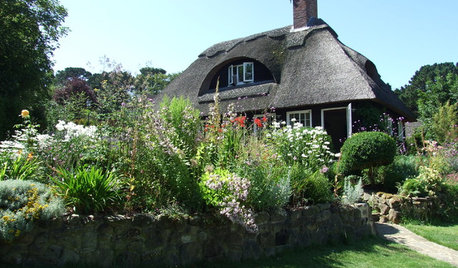Origins of Passiflora 'Lavender Lady'?
mark4321_gw
14 years ago
Related Stories

GARDENING GUIDESGreat Design Plant: Passiflora Incarnata
Enjoy the amazing flowers and edible fruit of U.S. native Passiflora incarnata (also known as maypop) — the butterflies sure do
Full Story
FLOWERSHerb Garden Essentials: Grow Your Own Fragrant Lavender
This do-it-all plant is ideal for almost any garden, and its uses are abundant around the home
Full Story
GARDENING FOR BIRDSWild Birds Transform a Woman’s Garden and Life
How Sharon Sorenson created a wildlife haven and became the Bird Lady of Southern Indiana
Full Story
COLOR21 Reasons to Decorate With Purple
Whatever shade you choose — lilac, plum, mauve or aubergine — purple makes a statement
Full Story
PURPLEYour Colors: 3 Ways to Work With Purple
Scared of purple? Think of it as plum, amethyst or eggplant, and use with the right companion colors
Full Story
FEEL-GOOD HOME9 Smells You Actually Want in Your Home
Boost memory, enhance sleep, lower anxiety ... these scents do way more than just smell good
Full Story
MOST POPULARHomeowners Give the Pink Sink Some Love
When it comes to pastel sinks in a vintage bath, some people love ’em and leave ’em. Would you?
Full Story
COLORWhat Goes With Purple Walls?
Make a plum wall come alive with art, warm metals, ivory, chartreuse, natural wood — and at least one wild card
Full Story
LANDSCAPE DESIGNHow to Create a Cottage-Style Garden
If you like an abundance of plants — and visits from birds, bees and butterflies — this may be the style of yard for you
Full Story






passionflow
mark4321_gwOriginal Author
Related Professionals
Arnold Landscape Architects & Landscape Designers · Lake Oswego Landscape Architects & Landscape Designers · Towson Landscape Architects & Landscape Designers · Peabody Landscape Contractors · Midland Landscape Contractors · Mission Viejo Landscape Contractors · North Richland Hills Landscape Contractors · St. Louis Landscape Contractors · Whitehall Landscape Contractors · Forest Hill Landscape Contractors · Chowchilla General Contractors · Cottage Grove General Contractors · Dunkirk General Contractors · Hartford General Contractors · Havelock General Contractorspassionflow
mark4321_gwOriginal Author
passionflow